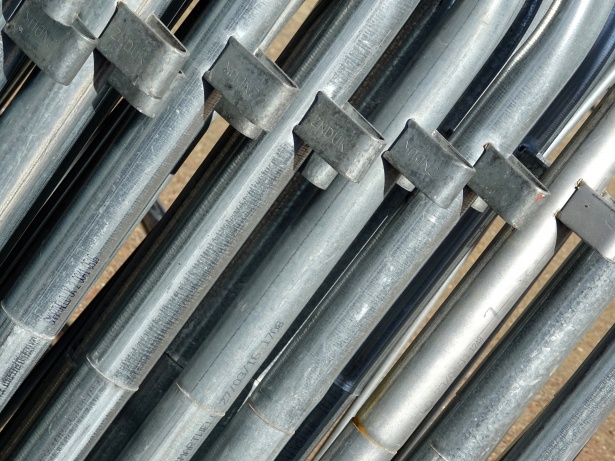In the past few years, NASA has been dealing with some failed missions. It turns out that these were due to a problem with faulty materials. Sadly, NASA has revealed that they were the victim of an aluminum selling scam that lasted almost 20 years.
The failed missions occurred with both the 2011 Glory Mission and the 2009 Orbiting Carbon Observatory mission. In both of these missions, the parts were meant to get into space due to the power of a Taurus XL rocket, but the protective nose cone on the rocket did not properly separate. Instead of soaring into space, the satellites and their launchers ended up reentering the atmosphere, breaking apart, and crashing into the ocean. This caused hundreds of millions of dollars in damage as NASA lost all this expensive equipment.
A joint investigation was launched between NASA and the Justice Department, and they revealed that the problem was due to a company named Sapa Profiles. This business was responsible for making aluminum extrusions. The extrusions were part of the payload fairing rail frangible joints in these missions, a type of joint that opens up to help the protective nose cone on the rocket fall away.
It turns out that Sapa Profiles was aware of failings in their product. Over the course of 19 years, from 1996 to 2015, Sapa Profiles employees altered data so that failing materials could pass quality tests. They falsified data because they got better profits and production-based bonuses by claiming products had actually passed tests. NASA was not the only entity to fall victim to this scam. Hundreds of other commercial customers also received faulty products due to these falsified tests.
In the wake of this investigation, Sapa Profiles faces many charges. They have changed their name to Hydro Extrusion Portland, but all versions of the company are still excluded from any lucrative federal contracts. The company has also agreed that they will pay a total of $46 million to their customers, including the federal government, who were harmed by their scam. Sadly, this does not even come close to the actual damages of the faulty aluminum, since NASA lost over $700 million dollars when the broken aluminum parts caused them to lose so much valuable equipment.






